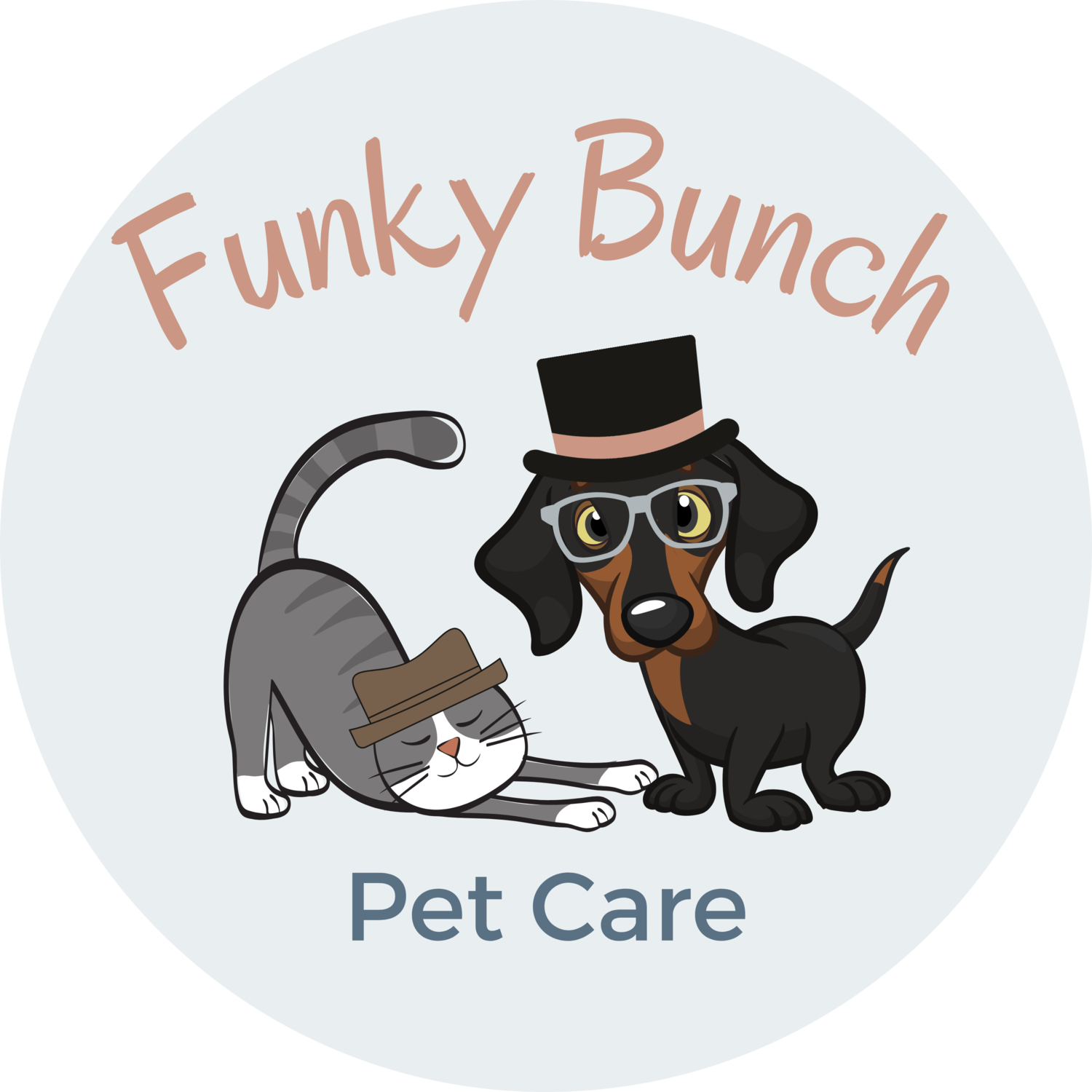Destructive Chewing
Does your dog chew everything? If they do, you’re not alone. Chewing is totally normal behavior for a puppy as they explore their surroundings. Chewing helps young dogs relieve pain from incoming teeth. Older dogs still need to chew as a way to keep their jaws strong and teeth clean. Regardless of age, chewing is a way for your dog to prevent themselves from becoming bored and relieve anxiety or frustration.
Chewing becomes a major problem when the behavior is directed to objects that can cause them harm or are destructive to items in your house. If you’re concerned about your dog’s chewing, rule out major causes first.
Anxiety. Dogs who chew to relieve the stress of separation anxiety usually only chew when left alone or chew most intensely when left alone. They also display other signs of separation anxiety, such as whining, barking, pacing, restlessness, urination, and defecation. If your dog is exhibiting any of these signs, address the separation anxiety and the chewing will follow.
Fabric sucking. Some dogs lick, suck and chew at fabrics. Some experts believe that this behavior results from having been weaned too early (before seven or eight weeks of age). If a dog’s fabric-sucking behavior occurs for lengthy periods of time and it’s difficult to distract him when he attempts to engage in it, it’s possible that the behavior has become compulsive. Our dog, Kobe, has his “emotional support pillow” that he sucks on as a way to regulate himself. Without his pillow, he directs this behavior to other places.
If your dog is not displaying these, it’s time to address the chewing directly. Again though, you should assess the stage your dog is in. If you have a puppy who is chewing, redirect the chewing behaviour to appropriate toys. Provide them with a variety of options to chew and keep rotating them to continually provide stimulation and diversity for them. Usually chewing behavior in puppies peaks around 6 months. If your dog is older, you can also work on providing them chewing options. You may have to try several different types before you find what they like most. Do your best to supervise your dog during all waking hours until you feel confident that his chewing behavior is under control. If you see him licking or chewing an item he shouldn’t, say “Uh-oh,” remove the item from your dog’s mouth, and insert something that he CAN chew. Then praise him happily.
When you can’t supervise your dog, you must find a way to prevent him from chewing on inappropriate things in your absence. For example, if you work during the day, you can leave your dog at home in a confinement area for up to six hours. Use a crate or put your dog in a small room with the door or a baby gate closed. Be sure to remove all things that your dog shouldn’t chew from his confinement area, and give him a variety of appropriate toys and chew things to enjoy instead. Keep in mind that if you confine your dog, you’ll need to give him plenty of exercise and quality time with you when he’s not confined.
While you address the environmental concerns and triggers that can lead to destructive chewing, you should also address their mental and physical needs as well. Make sure your dog is getting sufficient physical exercise and playtime throughout the day. Hiring a dog walker is a great way to help with this. The same goes for mental stimulation. A bored dog will actively look for items to chew and take up time. Dog puzzles are a wonderful way to keep them engaged and focused on something else.
The problem of chewing can also branch from other deep rooted issues and linked to many other concerns. If you find that removing environmental triggers and stimulating them physically and mentally doesn’t help, it is time to bring in a trainer that has experience with behavioral issues.
Looking for a trainer in Sedalia, MO? Check out our list.
In the Springfield area and need a trainer? We’ve got you covered.

